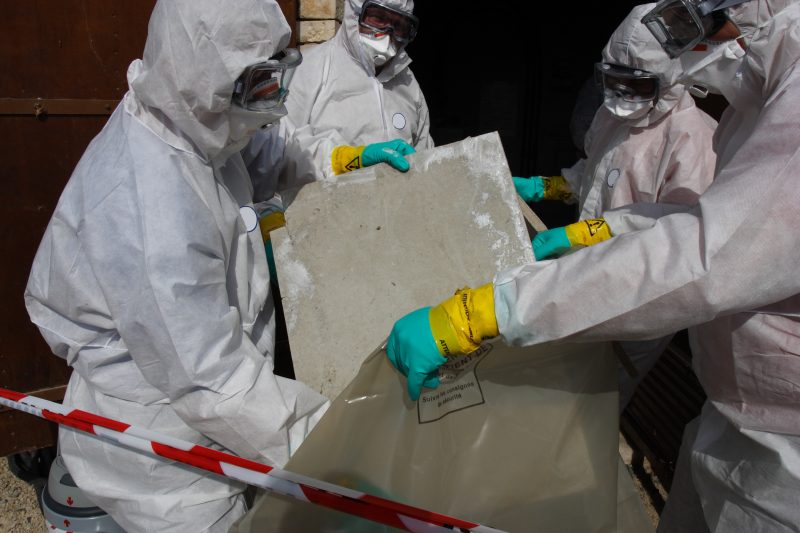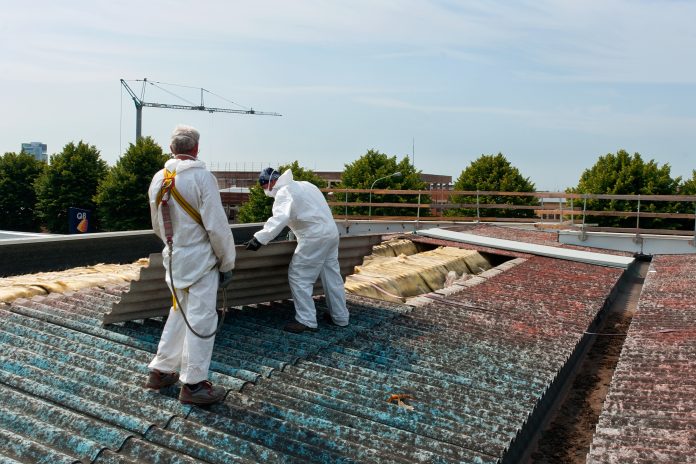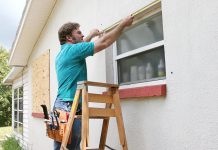Asbestos was a popular construction material between 1930 until 1999 because of its strength, durability and fire resistance. It was also added to tiles and insulating materials. The British government in 1999 banned the use of asbestos in buildings. Except in its pure form, identifying asbestos is almost impossible because it is mixed with other substances, thus the need to take a sample and a test.
Scientific research identified the dangers of including asbestos in construction buildings and breathing in the fibres is highly-linked with an increased risk of certain lung cancers. Asbestos is referred to as a silent killer by scientists as it increases the chances of having cancer-related diseases such as mesothelioma cancer, lung cancer and asbestosis.
Buildings constructed before 1999 or constructed with old materials are more likely to contain asbestos materials, thus, making it a necessity to invite an expert for asbestos sampling and testing by a laboratory accredited by United Kingdom Accreditation Service (UKAS).

Building materials that may contain asbestos materials include asbestos cement roofing sheet, vinyl asbestos, rubber floor tiles, acoustical ceiling tiles, hot water heating pipes, millboard, soundproofing materials sprayed on walls and ceilings, and old ironing board covers. Asbestos fibres could be released into the atmosphere when they are damaged or improperly repaired.
Collecting an asbestos sample
Taking an asbestos sample before undertaking any repair or remodelling work on a building or a home is a major requirement as it gives a guarantee that there are no asbestos fibres in any part of the building. This is just a preventive measure but must be done professionally. Although taking samples is legally allowed for individuals, proper risk assessment and control must be in place.
It is safe to assume a material contains asbestos and quickly take a sample. Identifying building materials with asbestos is almost impossible to the ordinary eye, as the asbestos samples taken would be tested in the accredited laboratories for asbestos testing.

Collecting an asbestos sample must be done in a professional and controlled manner to reduce the risk of inhaling the fibres released from moving such material. Asbestos self-sampling should involve the following steps to reduce health risks:
- Identify health risk during the sampling, as friable asbestos releases more fibre into the environment.
- Isolate the environment to ensure that no else can inhale the asbestos fibre released.
- Wear disposable gloves, coveralls and a respirator to prevent any contact with the suspected material.
- Take a sample as small as a 50cent coin to reduce the possibilities of releasing asbestos dust into the air.
- Place the sample piece into a resealable plastic bag before labelling it. Then, seal the edge of the sample material with a waterproof sealant such as an adhesive or a plastic paint.
Care should be taken to ensure no asbestos material is released into the air during the sampling procedure. If the possibilities of releasing asbestos dust into the environment are high, then it is safer to call an asbestos sampling facility to carry out the procedure to reduce exposure to asbestos-related diseases.





















